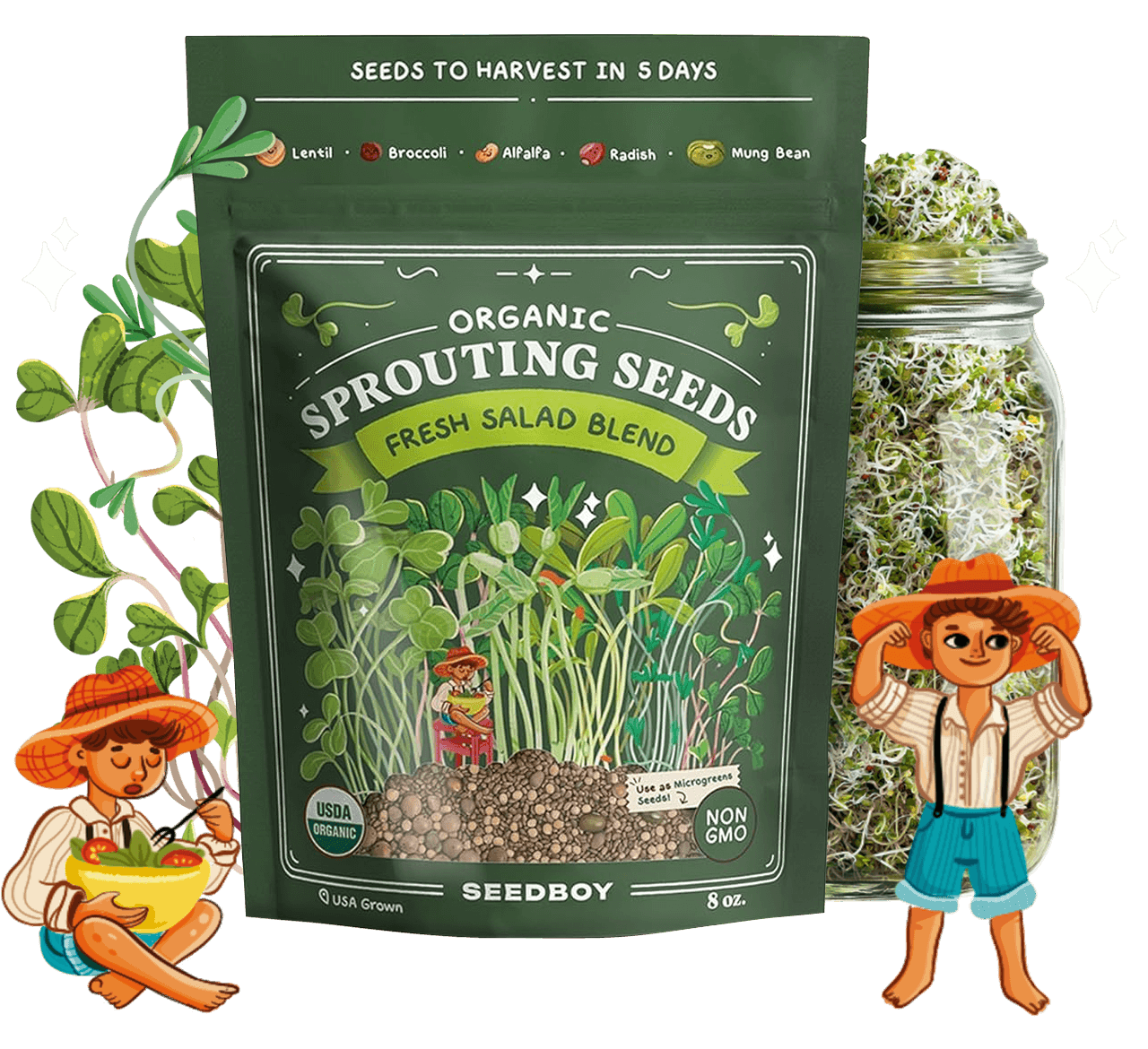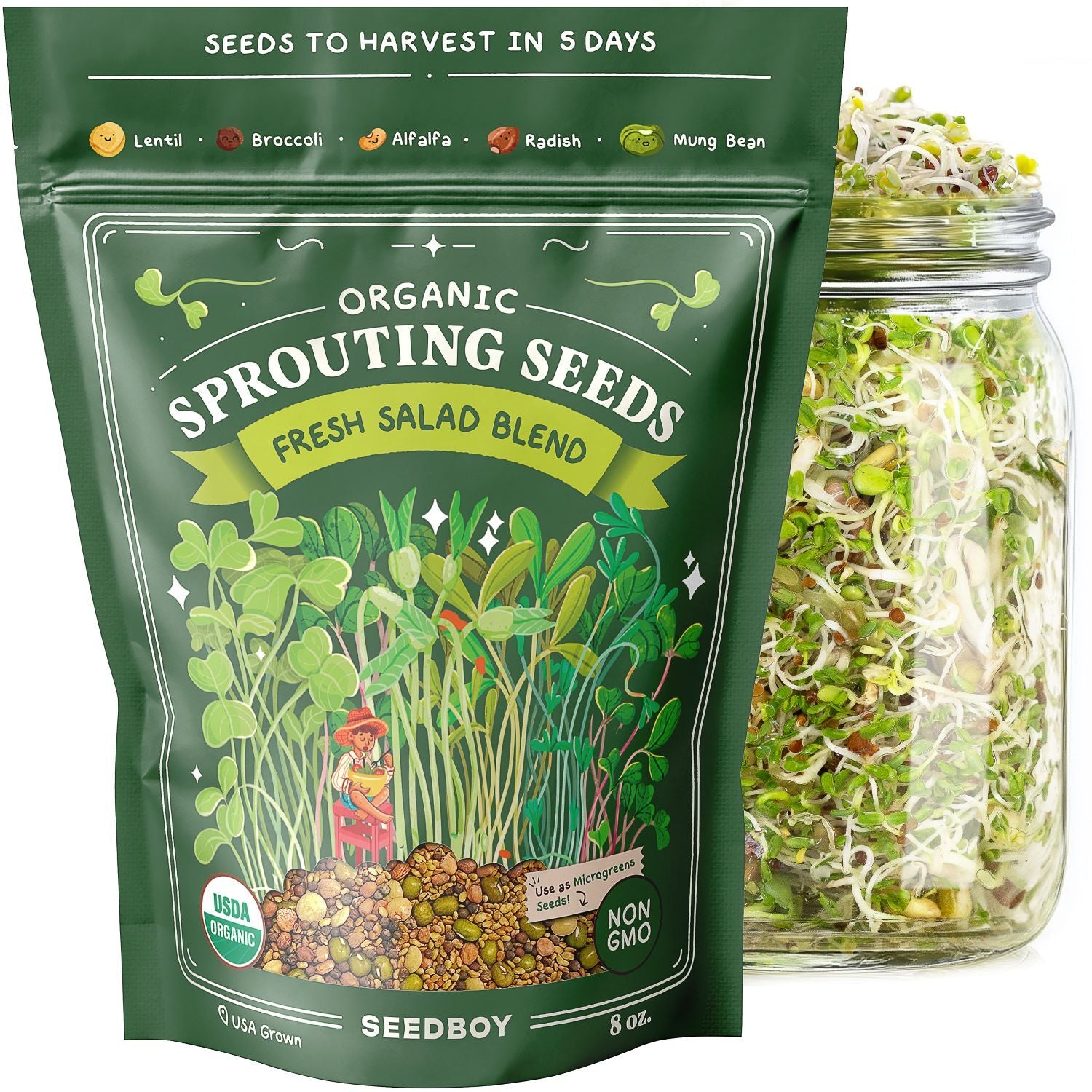
GROW GUIDE
Cherry Belle Radish
Raphanus sativus
Plant Description
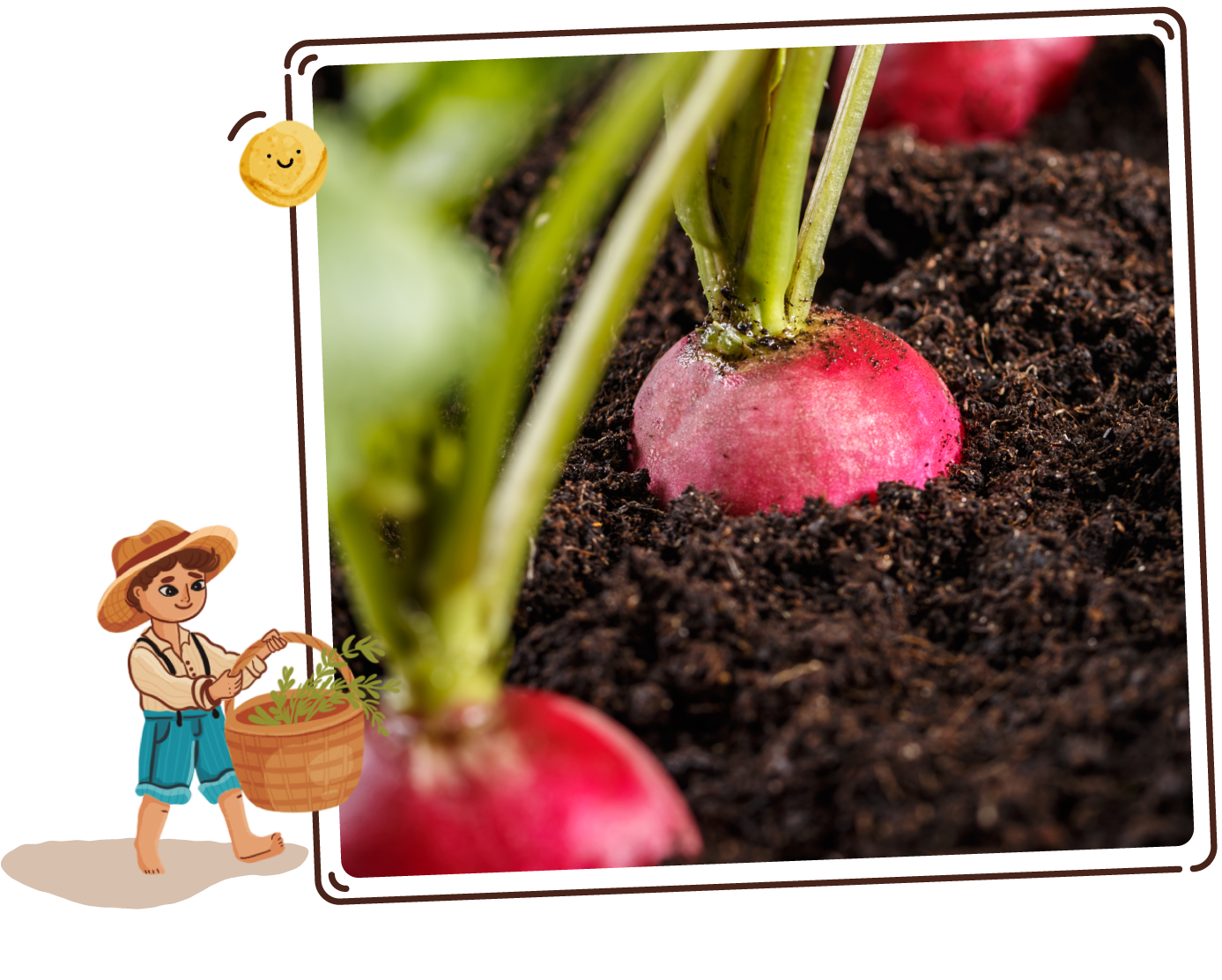
Cherry Belle Radish
A crisp vegetable with vibrant red skin and a crunchy white interior, radish is characterized by its globe shape and slightly tapered ends.
This garden favorite is renowned for its refreshing, spicy bite that enhances salads, salsas, and garnishes, bringing a zesty kick to every meal.
Quick Facts:
-

Sun Requirements
Full Sun
-

Days To Sprout
5-10 Days
-

Days To Harvest
20-30 Days
-
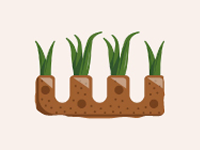
Plant Spacing
2-4"
-
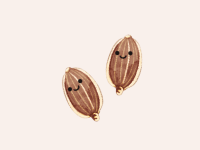
Seeds Per Hole
2
-
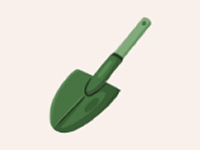
Planting Depth
1/2"
Best Planting Locations
-

Garden Plots
Perfect for expansive growth, providing ample space and rich soil for robust development.
-

Container Gardens
Ideal for patios, offering easy mobility and controlled soil conditions for consistent harvests.
-

Raised Garden Beds
Allow for better control over soil quality, drainage, and fertility. Ensure 6-12" of depth for root development.
-

Greenhouses
Controlled climate ensures protection from pests and adverse weather, fostering year-round cultivation.
Getting Started

-
1
Find the Spot
Radishes thrive in cool weather and well-drained soil, preferring temperatures between 50°F and 70°F. Choose a location that receives about 6 hours of direct sunlight per day.
-
2
Prep the Soil & Fertilizer
Use well-draining, fertile soil. Mix in some compost to enhance the soil before planting. Avoid over-fertilizing, as this can boost leaf growth at the expense of root development.
-
3
Plant the Seeds
Plant 2 seeds or 1 seedling 1/2 inch deep in pots or directly in the ground. During germination, maintain consistently moist soil without making it soggy, and place in a sunny location.
Radishes germinate best with a soil temperature between 55° to 75° F. Space seedlings about 2-4 inches apart to allow adequate room for their development.
Good Neighbors:
-

Cucumber:
Radishes repel cucumber beetles and cucumbers provide shade for radishes
-
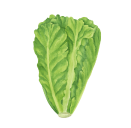
Lettuce:
Radishes grown with lettuce are more tender and juicy
-

Nasturtium:
Nasturtiums are a good trap crop for radishes
-

Peas:
Peas give nitrogen to the soil which benefits radishes
-
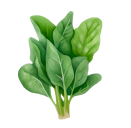
Spinach:
Radish acts as a trap crop, luring pests away from spinach
Enemy Plants:
-

Turnips:
May have trouble germinating if planted near each other
-
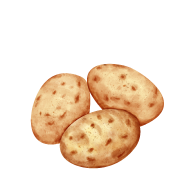
Potato:
Different soil requirements
Attractants:
-

Bees:
When allowed to flower, radishes can attract pollinators
-

Aphids:
Drawn to radish plants, especially when young and tender
Repellents:
-

Cucumber Beetles:
The strong scent may mask or confuse the beetles
Best Time to Plant
USDA Hardiness Zones
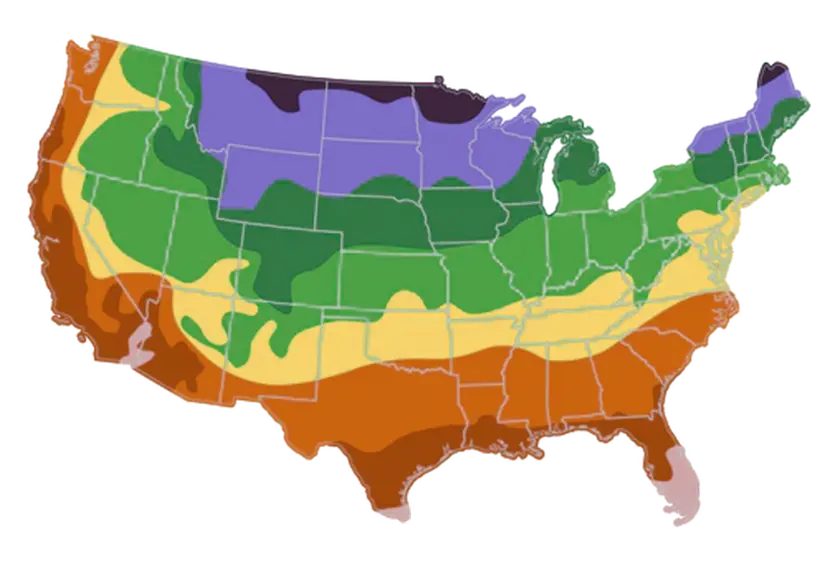
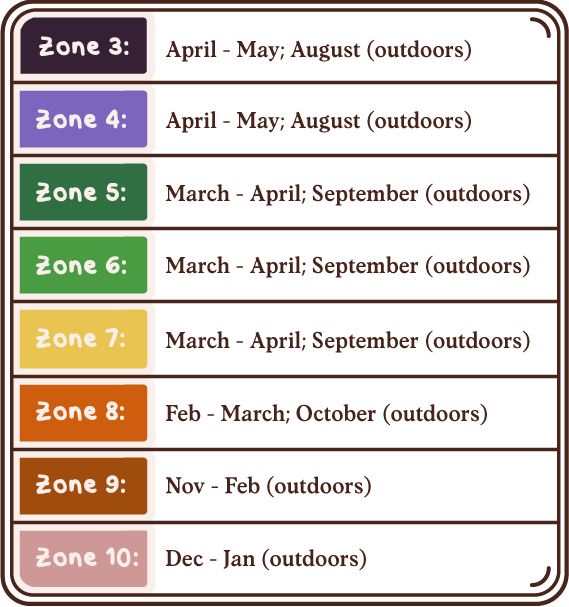
Day to Day Maintenance
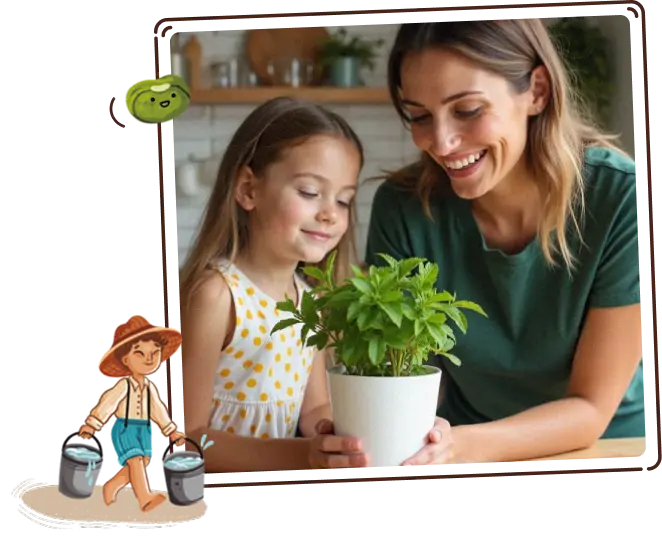
-
Watering
Water radishes regularly to keep the soil moist but well-drained, as they dislike sitting in water. Water at the base to keep leaves dry and reduce disease risk.
-
Thinning
Thin seedlings when they reach about 2" in height. Ensure proper spacing of 2-4 inches apart to promote healthy growth. Remove weaker seedlings gently to avoid disturbing the roots of those left behind.
The Harvest
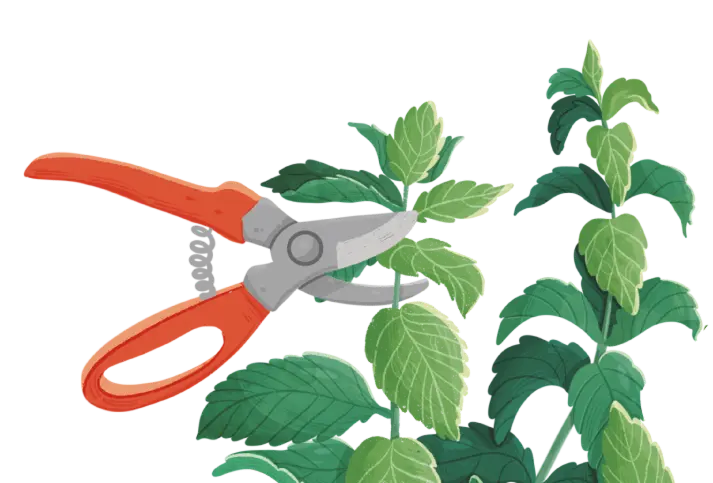
-
Gathering
Harvest radishes when they are about 1 inch in diameter, typically 25 to 30 days after planting. Gently pull them from the soil by grasping the base of the greens, being careful not to damage the roots of nearby plants.
-
For optimal flavor and crunch, harvest radishes in the cooler hours of the day, either early morning or late afternoon, when their moisture content is highest.
Favorite Uses
-
Salad
-
Pickling
-
Tacos
-
Sandwich
-
Snacking

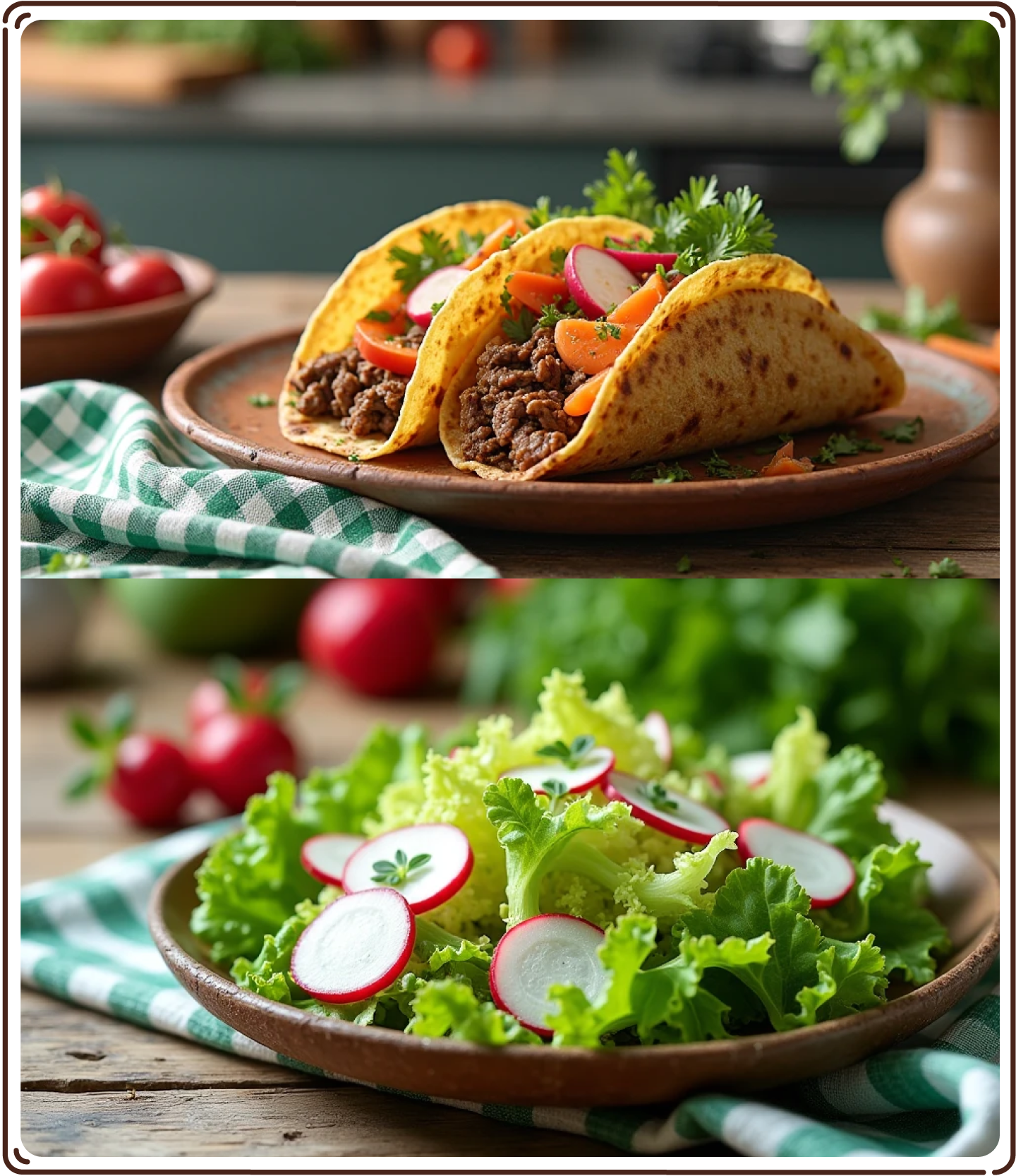
How to Store
-
Room Temperature
Duration: One week
Location: Keep in a cool, dry place away from sunlight
Method: Store radishes in a breathable container, like a bowl or a basket. Avoid washing them until you're ready to use them, as excess moisture can lead to rot.
-

Refrigeration
Duration: 2-3 weeks
Location: Store in the refrigerator
Method: Remove the greens from the radishes to prevent them from wilting and drawing moisture from the roots. Place the radishes in a perforated plastic bag or wrap them loosely in a damp paper towel before placing them in a crisper drawer.
-

Freezing
Duration: Up to a year
Location: Store in the freezer
Method (Blanched): Trim and wash the radishes, then blanch them in boiling water for two to three minutes. Shock them in ice water, drain, and pat dry before freezing in airtight containers or freezer bags. This method helps retain their color and flavor.
-

Pickling
Duration: Several months
Location: Store in the pantry or refrigerator
Method: Prepare a pickling solution with vinegar, water, sugar, and salt. Slice the radishes and pack them tightly in sterilized jars, pouring the pickling liquid over them. Seal the jars and store them in the refrigerator for a crunchy, tangy treat.
Fun Facts

-
Nutritional Dynamo
Radishes are packed with Vitamin C, potassium, and calcium, making them a low-calorie powerhouse at just 19 calories per cup of sliced radishes.
-
Speedy Harvest
These radishes can transform from seed to harvest in a mere 20 to 30 days, earning them a spot among the fastest-growing veggies in the garden!
-
Leafy Delights
The greens of cherry belle radishes are not only edible but also versatile, perfect for tossing into salads or sautéing like other leafy vegetables.
-
Radish Festivities
In Oaxaca, Mexico, an annual festival in December showcases intricate sculptures carved from radishes, celebrating this unique vegetable in style.
Subscribe to our Newsletter: "The Small Garden Chronicles"
Where curious growers gather for garden inspiration.
